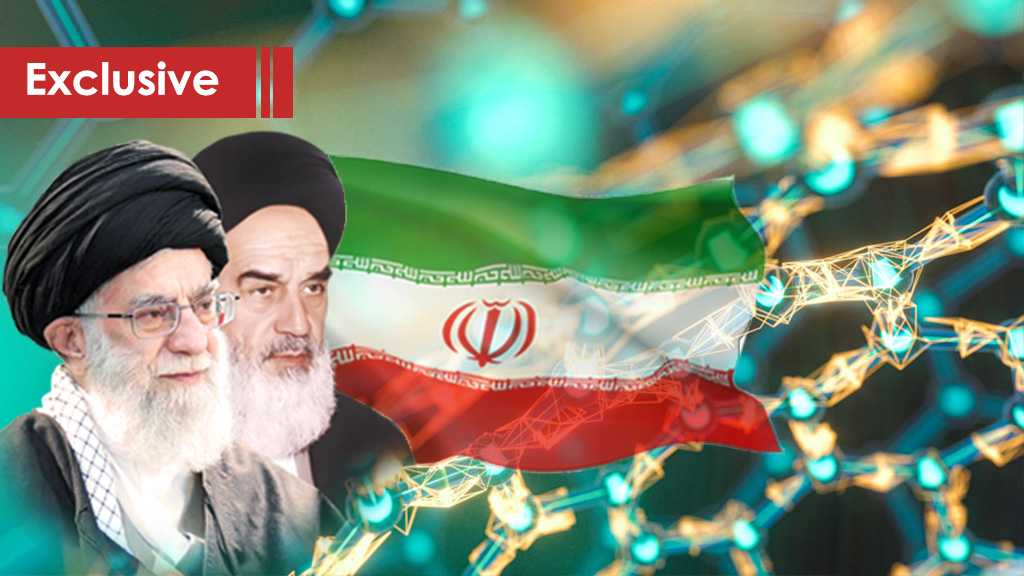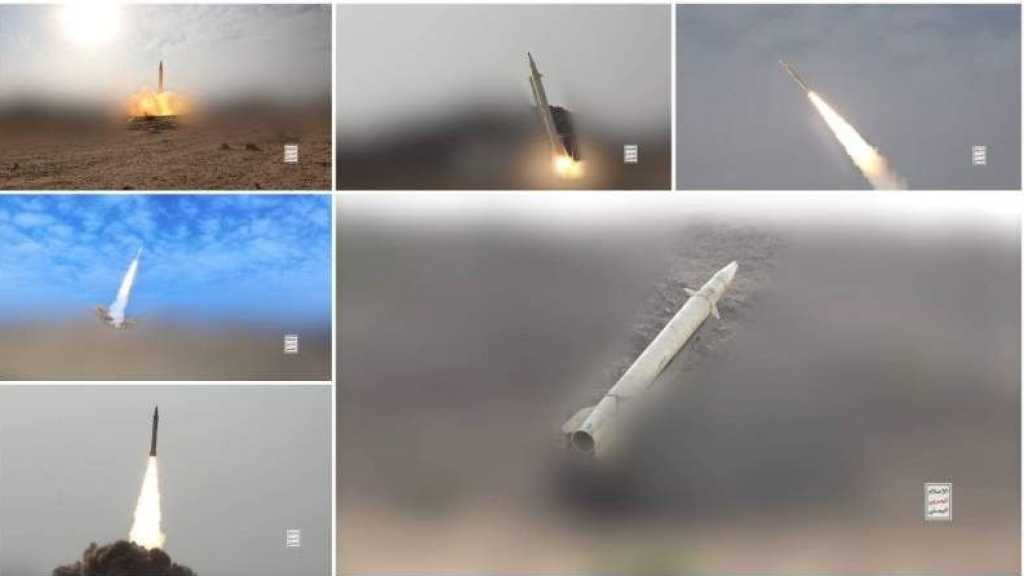
Nano and More: The Islamic Republic of Iran – A Gargantuan in Technology

By Fatima Haydar
Beirut – A US-allied authoritarian government led by the Shah of Iran, Mohammad Reza Pahlavi; social injustice, westernization and secularization efforts by the Western-backed Shah; a resilient Iranian political and religious leader, Imam Ruhollah Musavi Khomeini with a stream of loyal supporters, who was exiled for standing up to tyranny; an anti-Shah revolution already in progress; and an Islamic Revolution that would change the face of history forever…
For many Iranians, February 11, 1979 is an unforgettable date – it is the victory of the Islamic Revolution over the Pahlavi dynasty. On April 1 of the same year, the Iranian people voted in a national referendum to become an Islamic republic.
The Islamic Revolution in Iran had surprised the world in the sense that it lacked many of the customary causes of revolution, that is, a defeat in war, a financial crisis, peasant rebellion, or disgruntled military. It had also produced profound change at great speed and was massively popular.
It also came as a counter-measure against the American-inspired White Revolution and the hegemonic project intended to portray the Shah as a revolutionary leader through the utilization of social and historical myths reinterpreted through the prism of contemporary, often conflicting ideological constructs, such as nationalism and modernism.
Imam Khomeini denounced the Shah's White Revolution, highlighting the various ways in which the latter had violated the Constitution. The Imam condemned the spread of moral corruption in the country and accused the Shah of comprehensive submission to the US and the “Israeli” entity.
His Eminence believed that Iran should strive towards self-reliance. He viewed certain elements of Western culture as being inherently decadent and a corrupting influence upon the youth.
Over 40 years have passed since the Islamic Revolution, and the ideologies set by the Grand Imam still prevail in modern day Iran.
However, the 2020 was quite a year for the world, let alone the Islamic Republic of Iran. The World Health Organization [WHO] announced January 9 that a deadly coronavirus [COVID-19] had emerged in Wuhan, China. In a matter of months, the virus has spread across the globe to more than 20 million people, resulting in at least 751,000 deaths. The pandemic triggered a global recession as numerous countries went into lockdown.
In addition to the COVID-19 pandemic and its economic upshots, Iran has been gripped by crippling sanctions imposed by the US as part of its “maximum pressure” campaign which seeks to cause an economic collapse or lead the Iranian people to rise up and rebel on their government.
In fact, the Islamic Republic of Iran has defied US pressure. It has been a pioneer in various fields most notably in science and technology.
Modern-day Islamic Republic of Iran has prioritized making products via nanotechnology, which refers to the production of materials and objects from molecules or atoms.
Iran has been working to promote nanotechnology among high school students since 2001, aiming to identify and nurture talented pupils; not to neglect the fact that university students are important human resources in nanotechnology and play an essential role in developing this technology.
From 2001 to the end of 2021, Iranian researchers have published nearly 93000 ISI-indexed papers, securing the world's eighth rank in this regard. This is while in 2001, Iran ranked 57th, having published only 9 papers a year, this is according to Bertelsmann Stiftung’s Transformation Index [BTI] 2022.
Over the past 15 years, 307 patents in nanotechnology have been registered in United States Patent and Trademark Office [USPTO] and European Patent Office [EPO], and other credible patent offices by Iranian inventors, which comprises about 30 percent of the registered patents by Iran in various fields of science and technology.
Currently, there are 834 NanoProducts in different industrial sectors produced based on nanotechnologies developed in Iran.
Relatedly, as the US continues to push for more sanctions to hamper Iran’s scientific progress, the Iranian National Observatory [INO] says its world-class, 3.4-meter optical telescope has received its “first light” after it became operational.
The Islamic Republic has also achieved diverse accomplishments in other fields. According to the latest edition of the best global universities ranking released by US News, 52 Iranian institutions were ranked among the best institutions worldwide. The top five Iranian institutions in this ranking are: Universities of Tehran, Azad Islami, Medical Sciences and Health Services of Tehran, Noshirvani Babol Industrial University, and Sharif University of Technology.
Despite the US-imposed economic sanctions, the Iranian economy grew at a consistent rate. This is in large part due to the country’s significant income both from oil and gas exports. Iran is believed to have the world’s second largest natural gas reserves after Russia, oil and gas revenues account for 60% of the entire Iranian budget, and 80% of the country’s overall export revenue.
Also, to fight the negative impact of the COVID-19 pandemic, the Iranian government announced in October 2020 that one-third of the population would receive a grant for four months for the amount of 1,000,000 rial [$4] per person. The Corona Livelihood Support Program of the ministry of welfare reported that 34 million people received corona livelihood assistance in October 2020, among them nearly 9 million who received 1,200,000 rial from the relief and welfare committee.
The Iranian government has also cultivated bonyads that aim to improve the social security and welfare of vulnerable people. This has been happening since 1979. The Foundation of Martyrs and Martyr Affairs, the Imam Khomeini Relief Committee [IKRC], the Bonyad-e Mostazafan Foundation for the Oppressed and Disabled Veterans and others play an important role in the country’s social security and welfare systems. All of which are under the supervision of Leader of the Islamic Revolution His eminence Imam Sayyed Ali Khamenei.
The aforementioned are but a few accomplishments of modern-day Islamic Republic of Iran – under the guidance of Imam Khamenei – which is an extension of the Islamic Revolution lead by Imam Khomeini.
This being said, how would an Islamic Republic having been forged with a massive popular revolution be forced to kneel to external pressure trying to hinder its progress, let alone attempt to change the “regime” in Iran?
Comments



